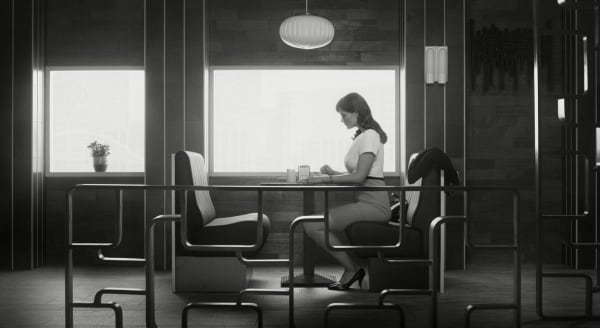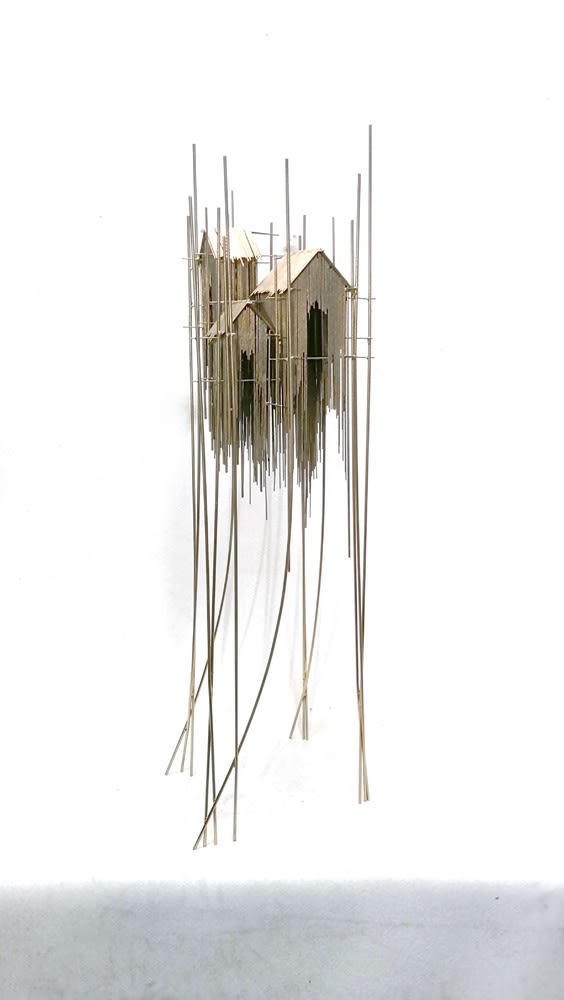-
-
Over the course of the past year, artists’ gaze, like that of many, has turned inwards; their field of view impacted by the lessened exposure to the outside world.
-
-
Works on view
-
-
“Each night, everyone descends through sleep into the Underworld, and converses there with spirits, in dreams. Modern egos do not value these conversations, and they are forgotten. But anyone who remembers their dreams consistently finds wonder in them.”
—Marion Peck
-
Works on view
-
“I enjoy working while the rest of the world is asleep. Life feels more calm and uninterrupted. Daytime hours are for machine work, and the evening is when spontaneity, experimentation, and creativity flourishes in my studio.”
—James McNabb
-
“We are definitely night owls. We brainstorm at night when we come back from the studio, sometimes it leads to a very long night exchanging ideas and developing them. Most of the ideas we come up with happen late at night.”
—Icy and Sot
-
With movement, Li Hongbo's paper statues become awake
Credits: Kid Guy Collective
Group Show - London,
Welcome to our new website
We are glad to present you with our new website. Designed as a tool for more dialogue and discoveries around the artists we love, represent and support. We would be glad to hear from you about the parts you prefer and the ones you’d wish us to add. Certain time call for action, and we believe these will also call for more sharing and things done together. Do not hesitate to contact us so we can keep on growing… together.
* denotes required fields
We will process the personal data you have supplied in accordance with our privacy policy (available on request). You can unsubscribe or change your preferences at any time by clicking the link in our emails.
















